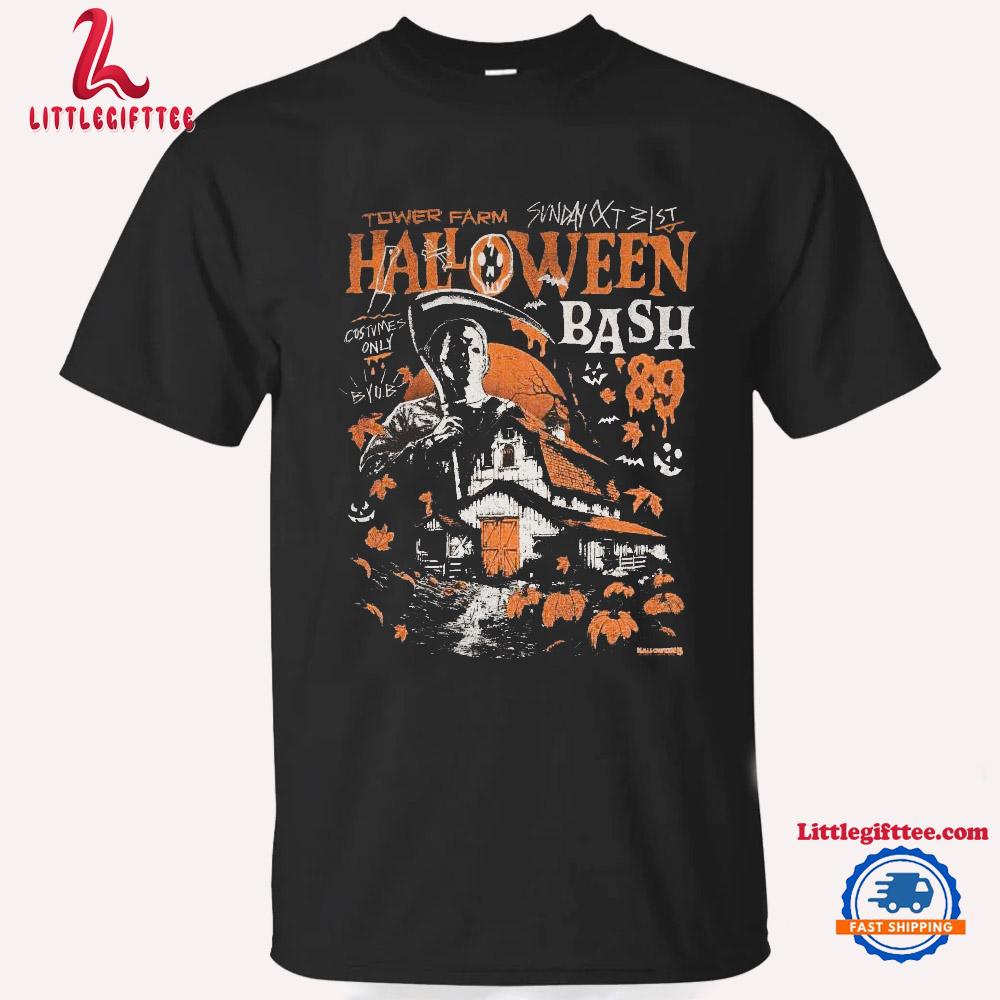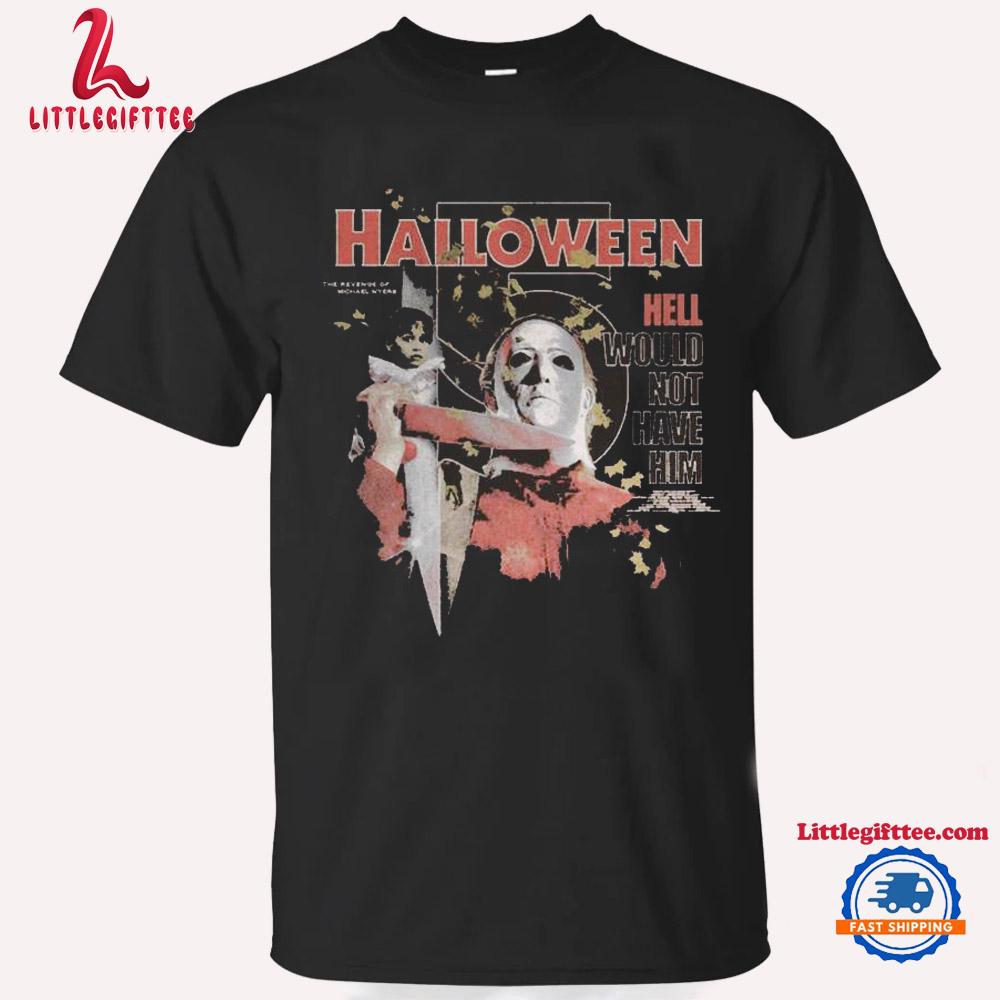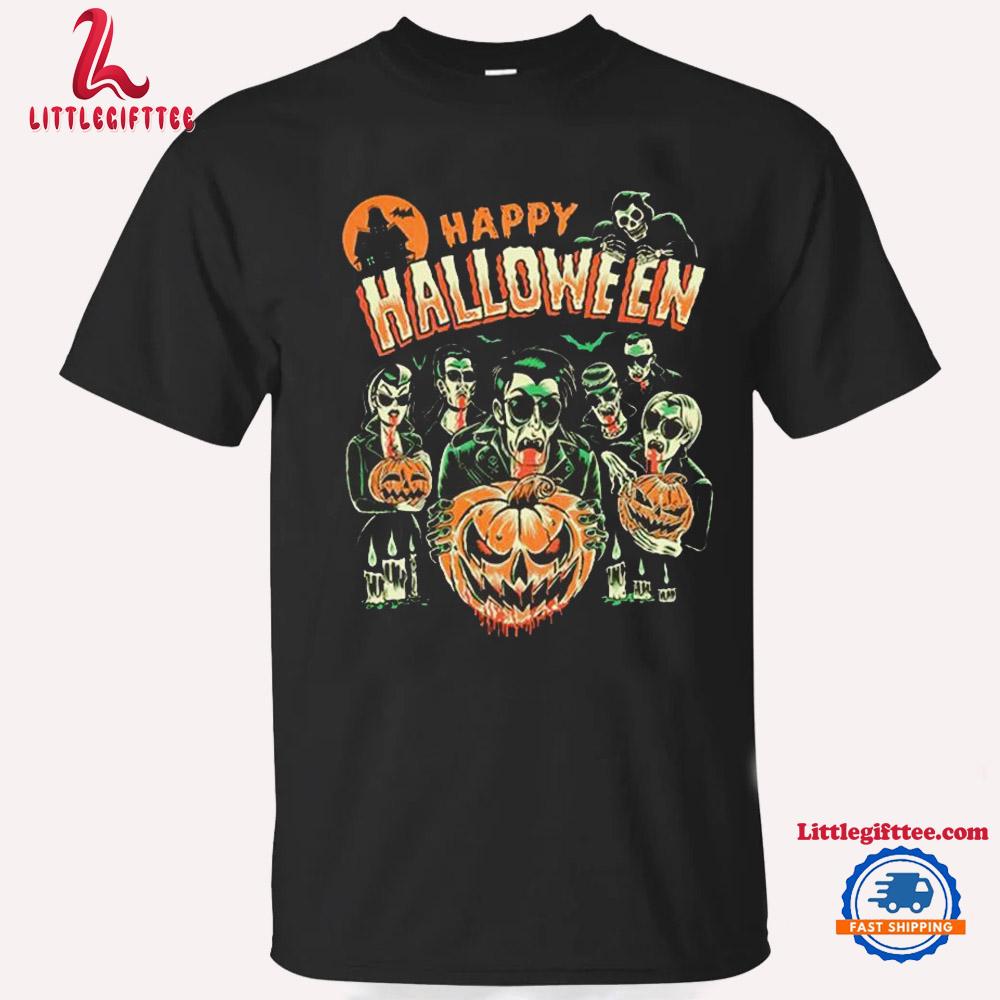Halloween 5 The Revenge Of Michael Myers Vengeance Unisex T Shirt

Related products
Halloween 5 The Revenge Of Michael Myers Vengeance Unisex T Shirt
“`html
Step into the haunting world of horror with our Halloween 5 The Revenge Of Michael Myers Vengeance Unisex T Shirt. Perfectly blending style and nostalgia, this T-shirt celebrates the iconic Halloween franchise and features the menacing face of Michael Myers, one of horror’s most recognizable villains. Crafted for both comfort and flair, it’s made from high-quality cotton, ensuring a casual fit that feels great whether you’re attending a costume party or just hanging out with fellow horror fans.
Released in 1989, Halloween 5 continues the saga of vengeance with Michael Myers and is a collector’s delight. This limited edition T-shirt is more than just apparel; it’s a collector’s item that pays homage to the thrilling legacy of slasher films. Each shirt features a vivid graphic design that captures the essence of the film, making it an essential addition to any fan’s wardrobe.
As we approach the spooky season, this T-shirt is the ideal choice for all Halloween celebrations. Whether you’re trick-or-treating in the neighborhood or hosting a horror movie marathon, our unisex shirt makes for the perfect fan gear. Not only is it a stylish way to show your appreciation for the horror genre, but it also sparks conversations with fellow enthusiasts about the chilling tales that have captivated audiences for decades.
The shirt is designed to evoke frights with its representation of Michael Myers, who strikes terror in the hearts of his victims and fans alike. The simplistic yet striking graphic print on the front offers a nod to the film’s thrilling aesthetics while remaining versatile enough for everyday wear. Plus, it comes in classic black, a color that not only flatters any style but also complements the haunting themes of the franchise.
This horror movie merchandise is perfect for anyone who wants to sport their love for cinematic masterpieces. It appeals to a wide audience, from movie buffs to casual viewers looking to celebrate the Halloween spirit with style. The Vengeance theme resonates throughout the shirt, making it a haunting reminder of Michael Myers’s relentless pursuit. Wear it while discussing theories about Laurie Strode’s and Dr. Loomis’s next moves against this horror icon.
Don’t miss your chance to own this limited release of the Halloween 5 The Revenge Of Michael Myers Vengeance Unisex T Shirt. Embrace the thrill of the slasher genre, and join your fellow horror enthusiasts in keeping the spirit of Halloween alive year-round. This shirt is not just clothing; it’s a statement of your devotion to the world of frightful entertainment and an homage to one of the most influential horror franchises of all time.
“`
Photos Of Free Halloween 5 The Revenge Of Michael Myers Vengeance Unisex T Shirt

-
- T Shirt:
- 100% cotton.
- Premium cotton which is ultra-soft and incredibly comfortable.
- Fabric is durable and resistant to wrinkles, shrinking, and mildew.
- Features ensure long-lasting color vibrancy even after machine washing.
- Sweatshirt:
- Material: Cotton 97%, spandex 3%.
- Fabric is durable and resistant to wrinkles, shrinkage, and mildew.
- Features ensure long-lasting color even after machine washing.
- Sleeve hem and bottom hem with wide double topstitch, comfortable crew neckline.
- Hoodie:
- Model: 18500.
- Material: 50% Cotton / 50% Polyester.
- Air jet yarn for a softer feel and reduced pilling.
- Double-lined hood with color-matched drawcord.
- Double-needle stitching at shoulder, armhole, neck, waistband, and cuffs.
- Fiber content varies by color, see color list for exceptions.
- Pouch pocket.
General Shipping:
- All products are proudly printed in the United States.
- Orders print and ship Monday-Saturday.
- Some items may ship separately.
Production Times:
- Processing Time: 3 – 5 working days average after payment and all designs updated correctly
- Shipping Time: 5 – 7 working days average (EU) Packaging: 1x product
Production:
- Manufacturer: Made by Littlegifttee
- Tracking Country Origin is EU
Note:
- Actual color may be slightly different from the image due to different monitor and light effects.
- Please allow 0.5-2 cm differences due to manual measurement.
Tracking:
- When available, we will send you a tracking number with the confirmation email so that you can track the package online.
- Check in: Track your order



